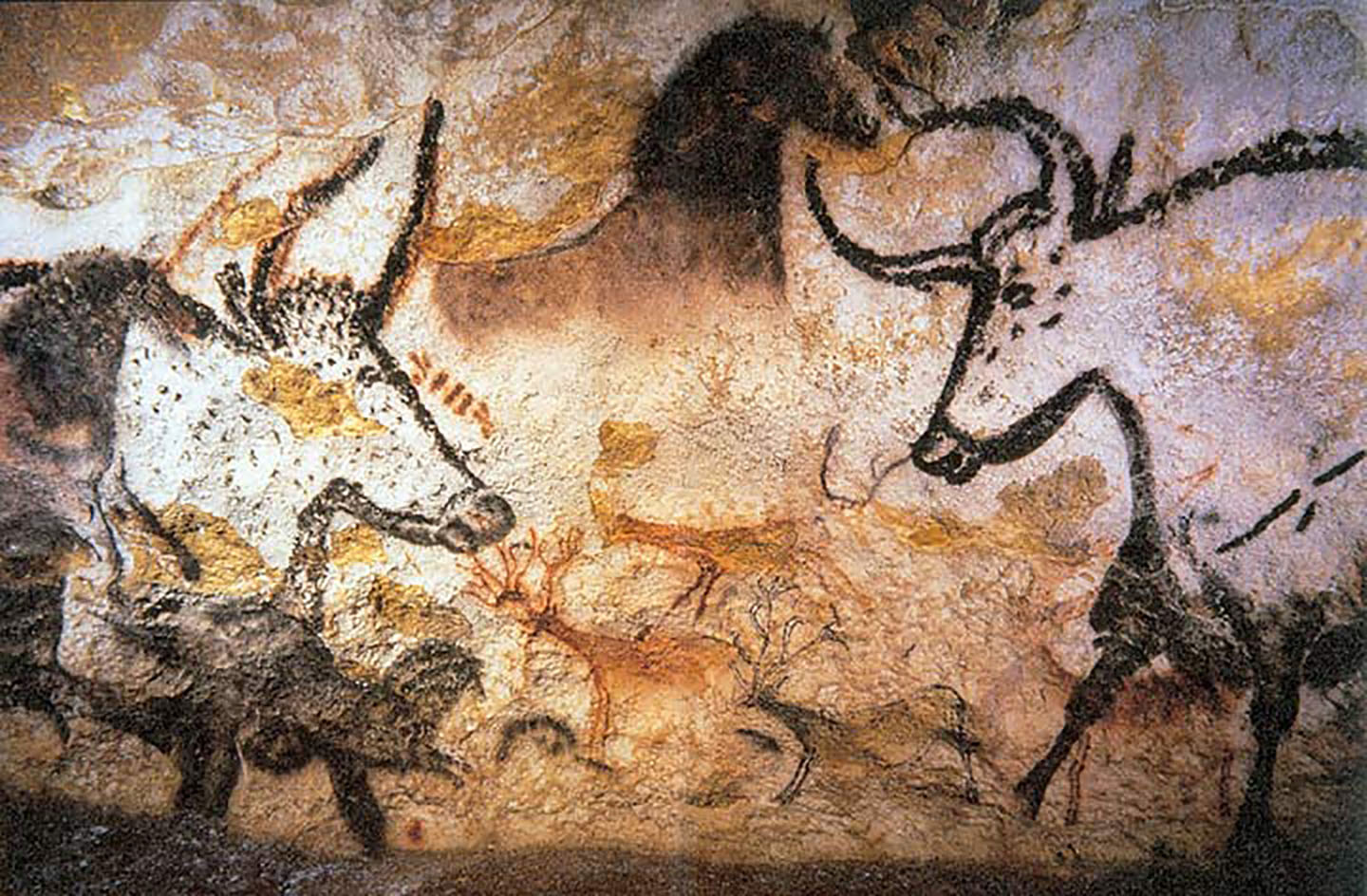Yes I know, historically photography started with Niepce in 1826. What I’m referring to is the intent of photography: to communicate.
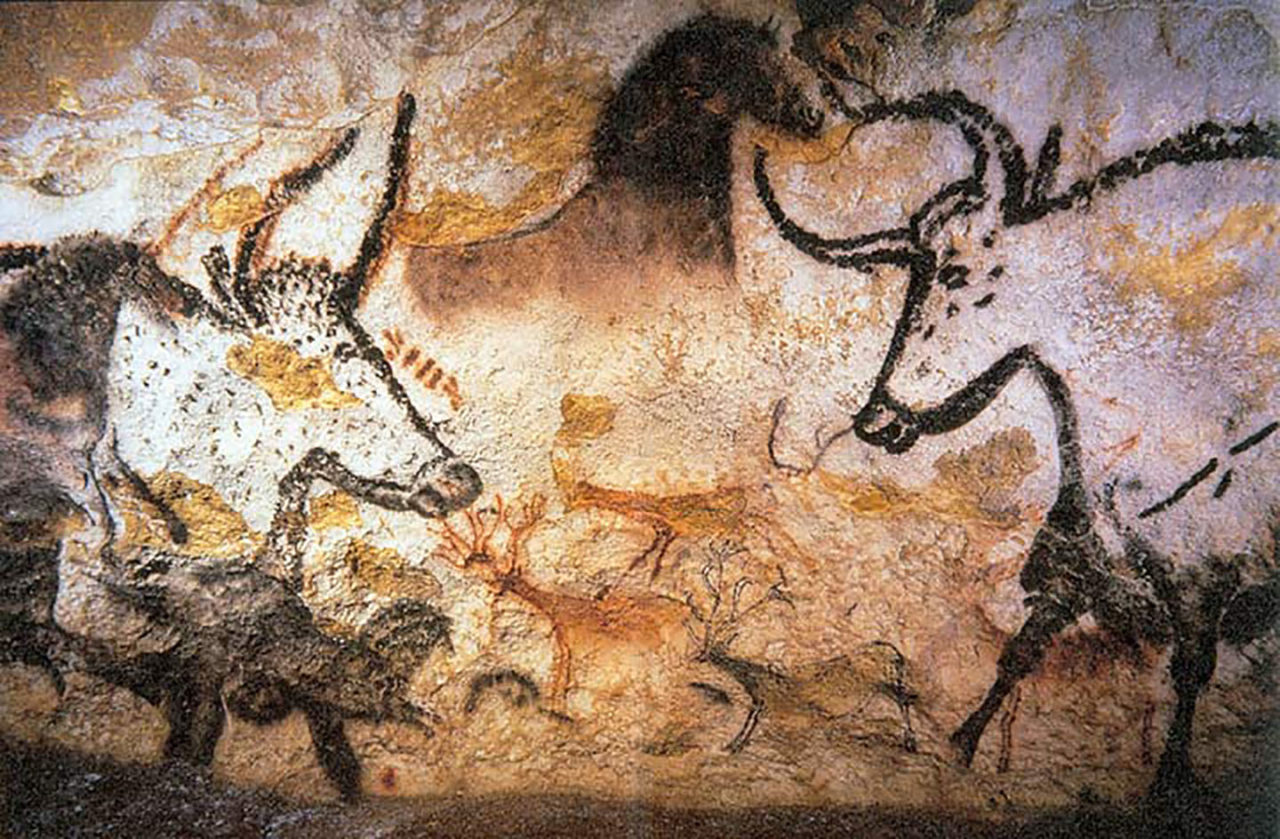
We’ve been conversing with one another visually since year dot.
Once refined into a formal language, artists used imagery to convey messages by those who commissioned them. That same language is used by commercial artists today, including photographers.
Some of the visual language is learnt through consuming images. Some is acquired through practice. Professionals are trained in creating images that explicitly communicate their client’s key messages.
Through lighting, a photographer can set the mood of an image. By deliberately using colour, direction, softness or harshness photographers reference images from classic artworks.
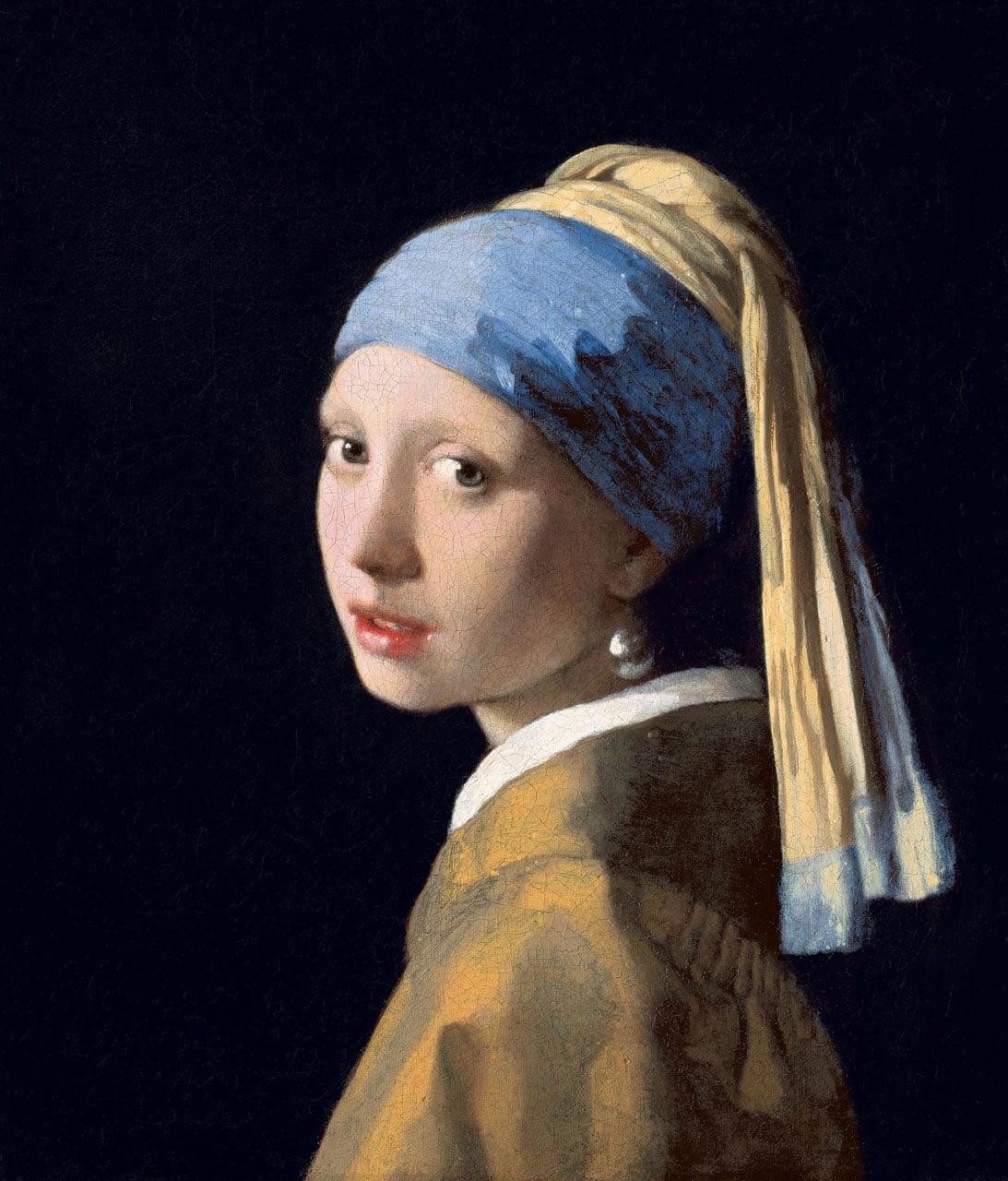
Dutch Baroque painters such as Vermeer are well known for their study and reproduction of light. A recent 10 billion pixel scan of Vermeer’s Girl with a Pearl Earring reveals the absolute level of detail. Zoom in and see the single drop of paint used to represent a highlight on the eye.
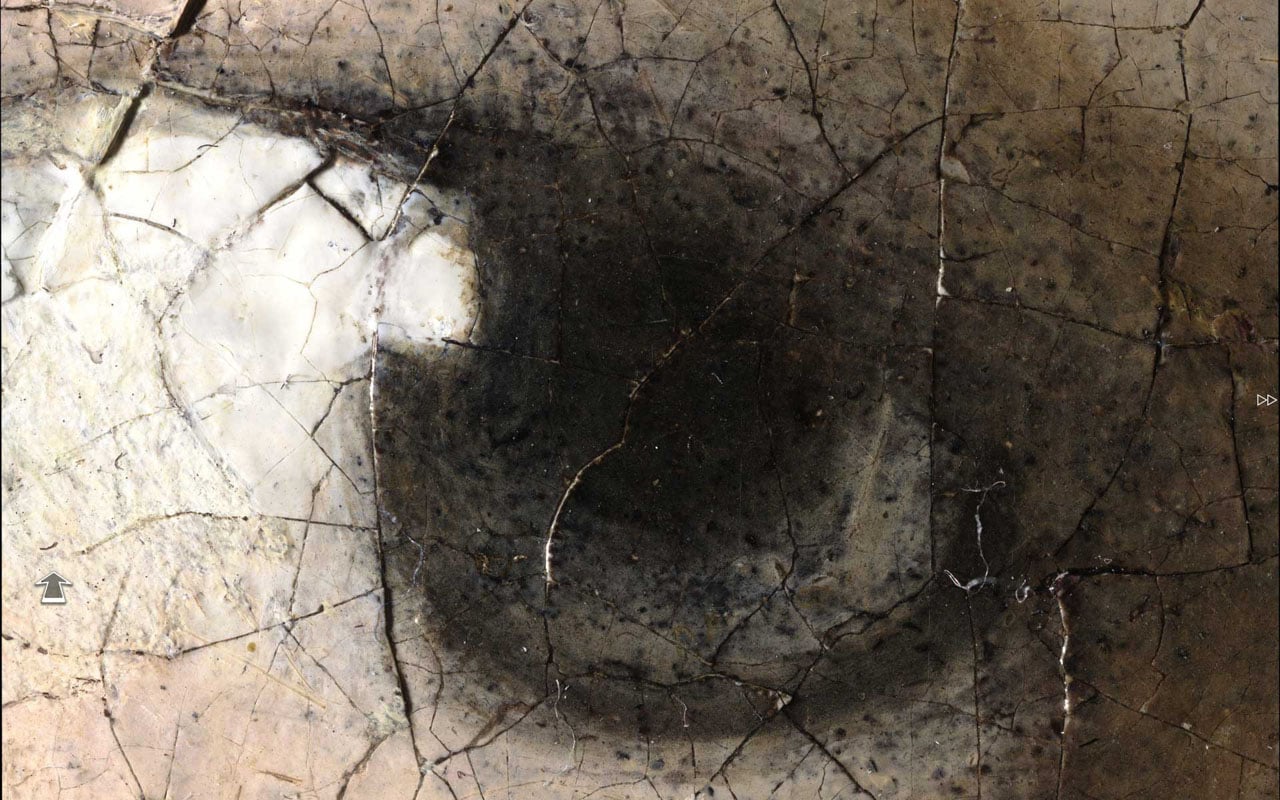
Artists of the Dutch Golden Age used large window lighting and often included it in their paintings. Photographers use large light modifiers such as a softbox to simulate window lighting in a controlled environment. The mood created by this light harps back to classic paintings.
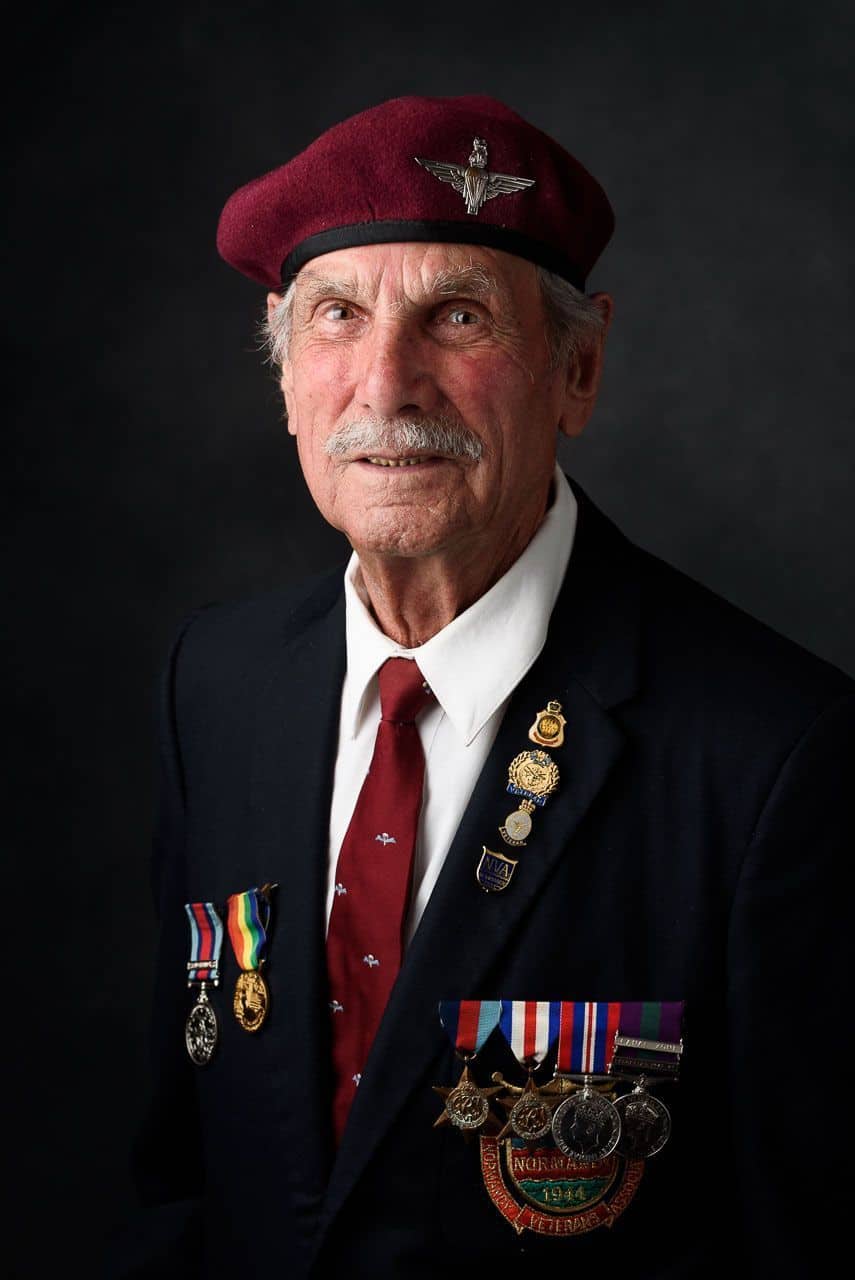
The word photograph comes from the Ancient Greek words for light and drawing. Picasso painted with light, as photographed by Gjon Mili for Life magazine in 1949.
Photographers manipulate and control light, line, colour and tone to direct the eye and mood of the viewer. The techniques used are unique to photography but the language used has been passed down from artists for a 1,000 years. Let me know your thoughts on LinkedIn.
